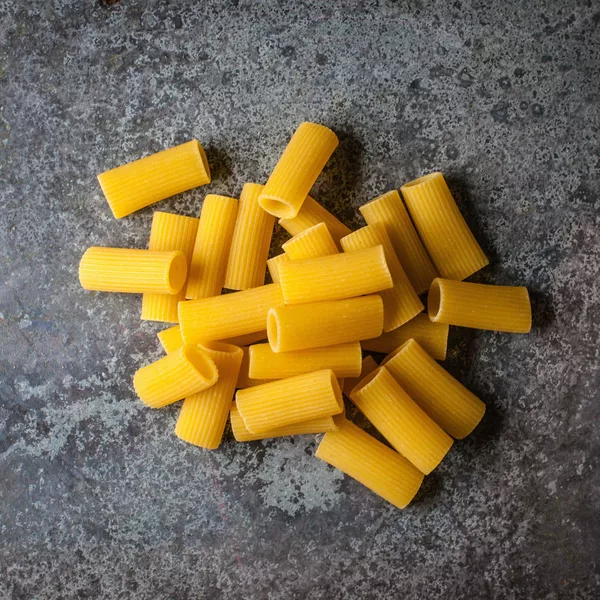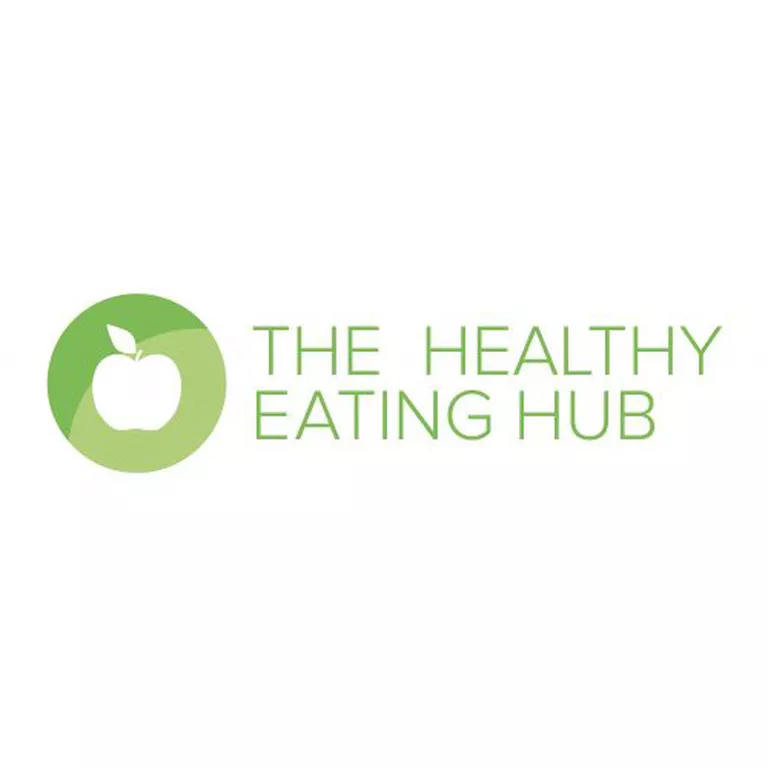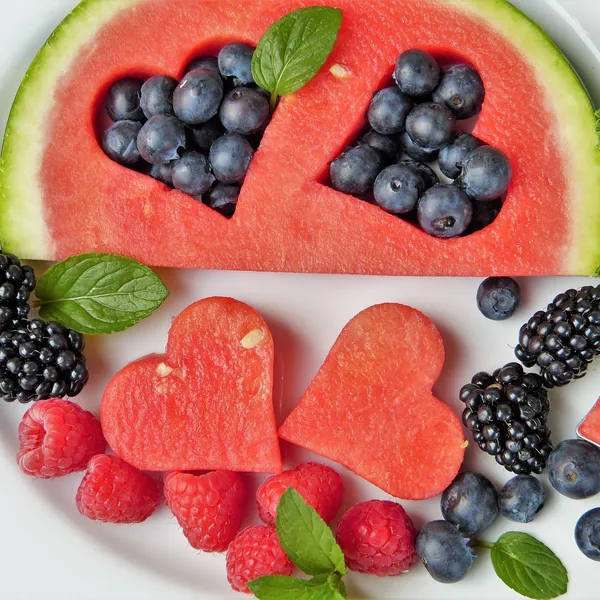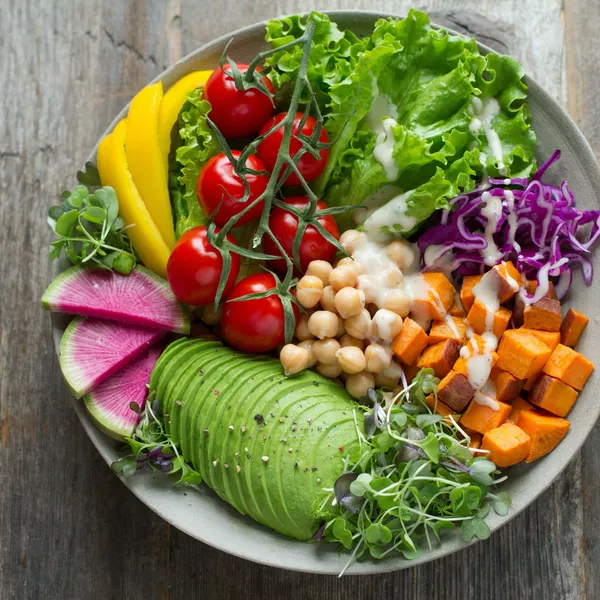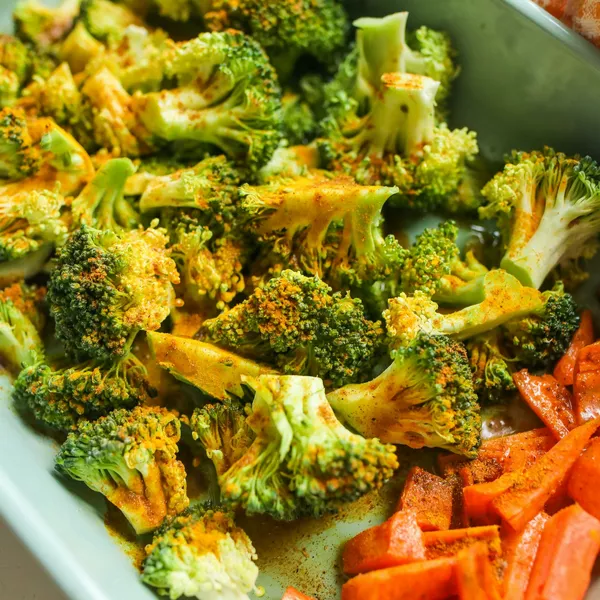Good health has long been associated with a varied diet that’s rich in minimally processed or whole foods. Research suggests that dietary patterns following a higher consumption of fruit, vegetables, whole grains, legumes, seeds, nuts, fish and dairy, and a lower consumption of fatty meat, confectionery items and alcohol significantly lower blood pressure.2
Best combination for success
Adopting an overall healthy diet that is diverse in whole foods in combination with regular physical activity is the best long-term strategy to combat high blood pressure. This will simultaneously reduce our sodium intake and increase our consumption of natural sources of potassium and calcium.
Practical tips to add flavour to your foods
Flavour doesn’t have to be sacrificed when we put the salt shaker away and start incorporating a wide range of whole foods. We can reduce salt intake with some clever kitchen creativity.7
Try out these flavour combinations:
- Pork: garlic, lemon rind, coriander, apple sauce, ginger, mustard
- Beef: bay leaf, thyme, sage
- Lamb: mint, ginger, currant jelly, paprika, oregano, rosemary, garlic
- Chicken: sage, tarragon, garlic, chilli
- Fish: lemon juice, pepper, lime juice, chives, parsley, vinegar
- Tomato: basil, garlic, black pepper, parsley, oregano
- Potato: chives, paprika, mint, parsley, black pepper
- Carrots: ginger, cinnamon, honey, parsley.
